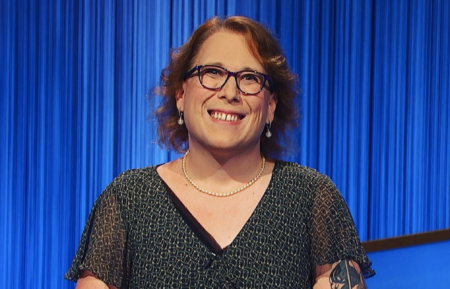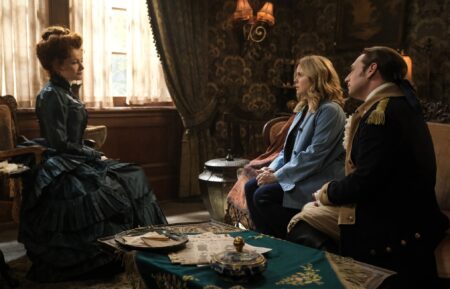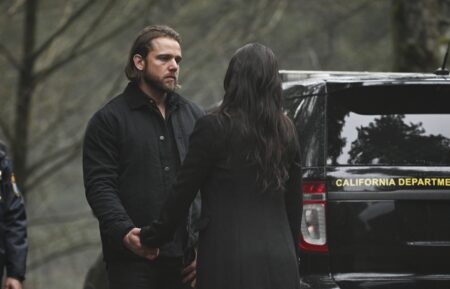Netflix’s ‘Making A Murderer’ Is Redefining TV’s Obsession With Murder
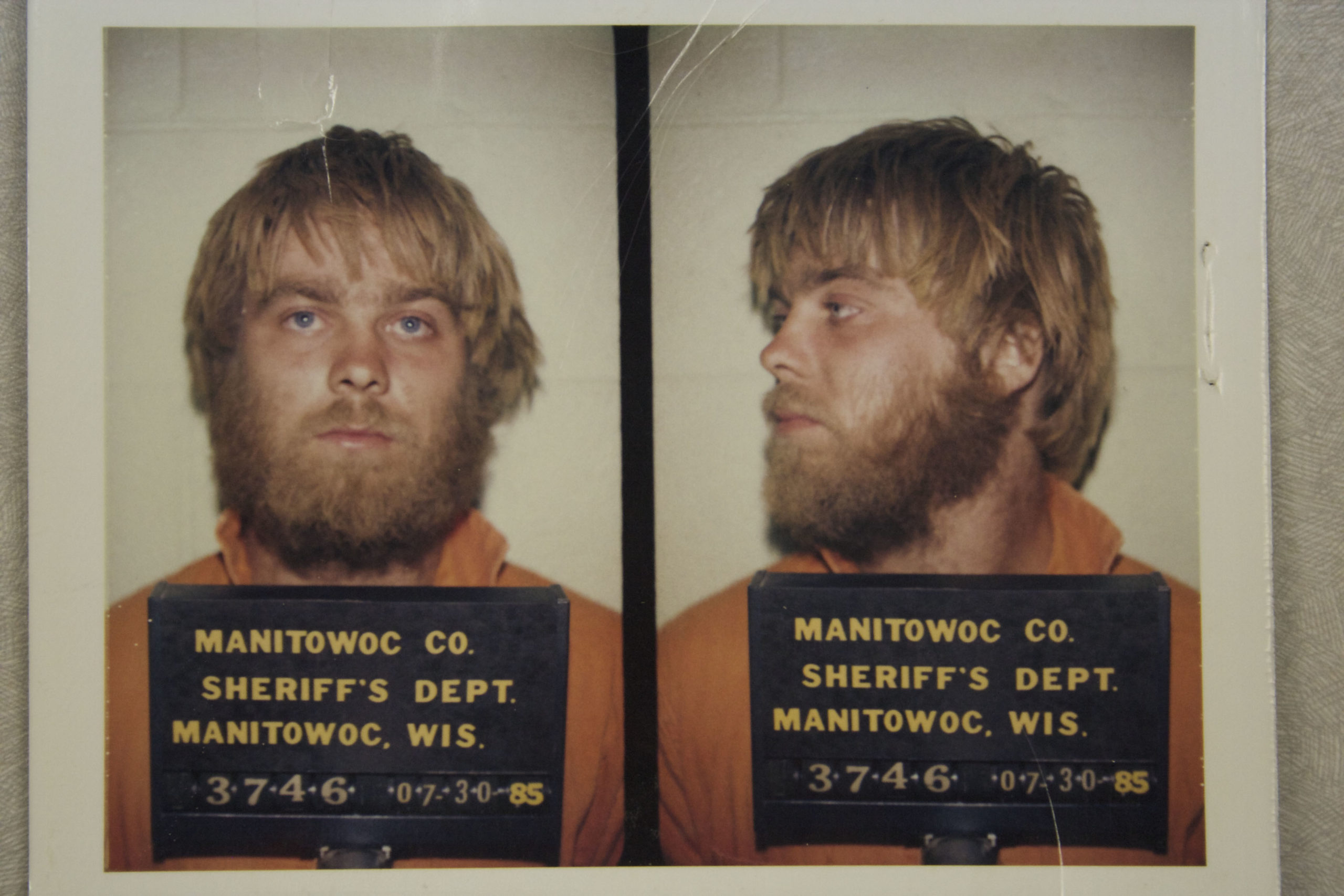
Can television help to exonerate a convicted killer? Netflix’s Making a Murderer has struck a chord, even provoking more than 100,000 people to petition the White House to look into the case of convicted felon Steven Avery.
Over the span of 10 years, filmmakers Laura Ricciardi and Moira Demos shot 700 hours of footage documenting the plight of Avery, a Wisconsin man who spent 18 years in prison for a wrongful conviction. After his release, he was later accused and convicted of murdering photographer Teresa Halbach.
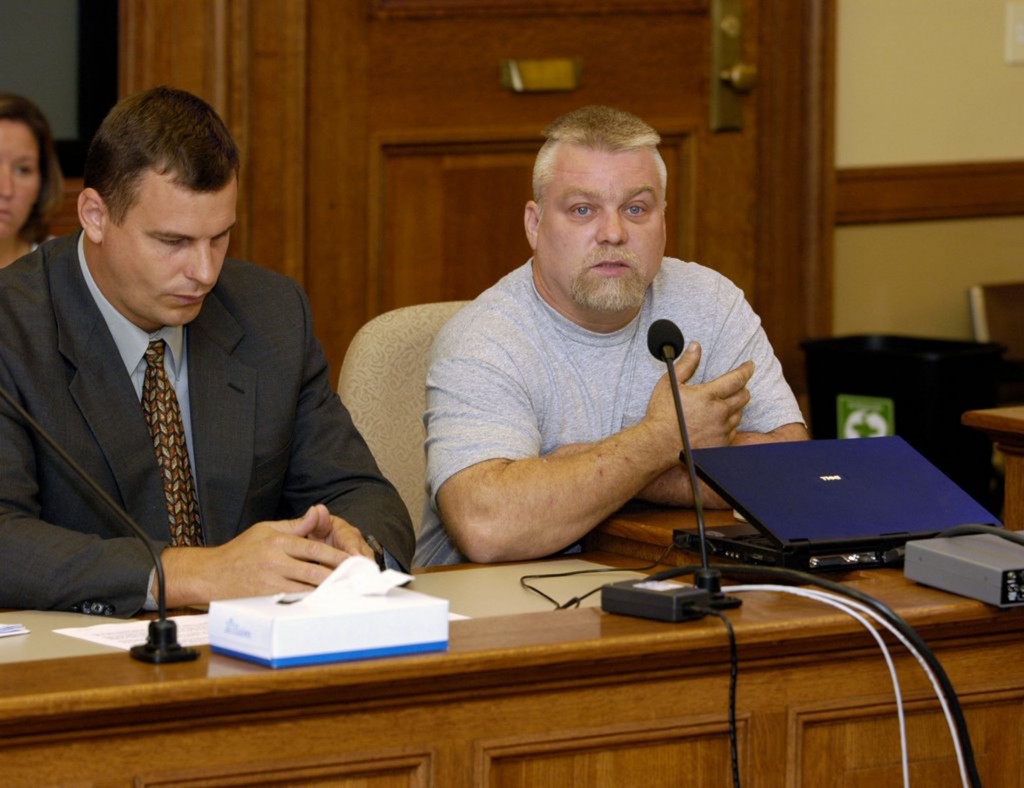
“When we started this, we thought we were making a documentary feature,” says Ricciardi, who began shooting Murderer in 2005 after Avery was arrested for Halbach’s death. The project grew as new twists emerged, including the alleged confession by Avery’s nephew Brendan Dassey to the crime.
“That really changed things for us, because it became clear that this was not going to fit into a traditional format,” Ricciardi says. “One of the hardest things about making this was being firm that in order to tell the story right, it needed to be told in long-form. People floated the idea of a two-hour slot or maybe a four-part series. But that was going to require trimming most of the story.”
Ricciardi and Demos shopped Murderer as a series to networks like Investigation Discovery in 2013, but despite having aired a one-hour episode about Avery’s case, network executives didn’t think it merited more than that.
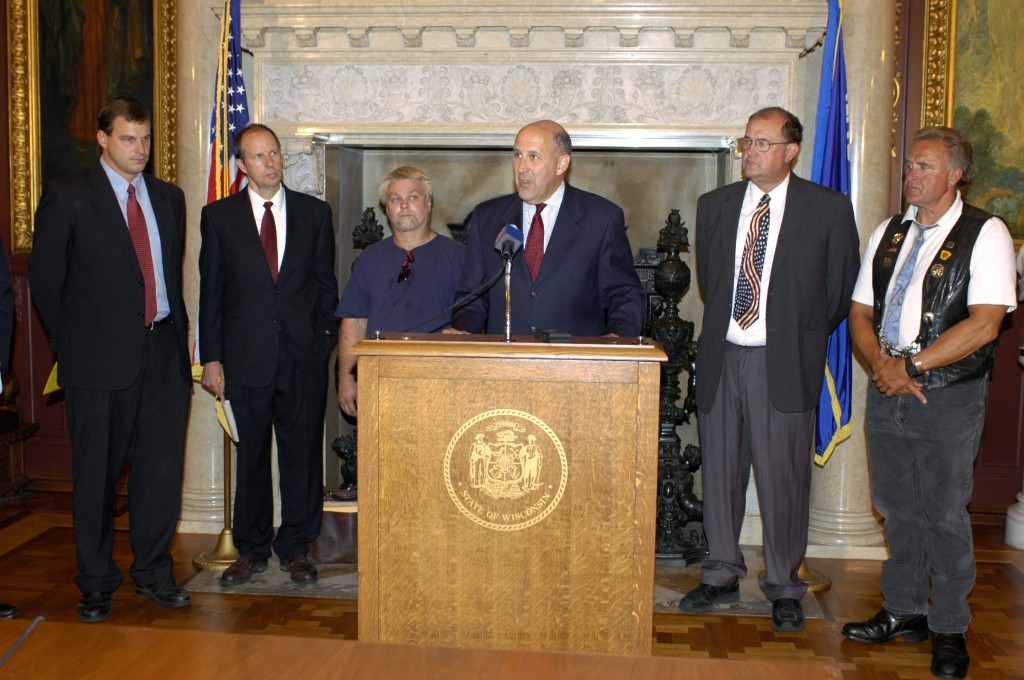
The duo then turned to Netflix, which was just starting to buy documentaries. “Streaming opens up a whole new avenue for storytelling,” Demos says, citing the freedom to make as many episodes as needed to tell the story. With Netflix onboard, Ricciardi and Demos quit their other jobs and focused fully on Murderer. They were shaping certain episodes up until the December 18 premiere.
“It was the perfect combination of superaddictive viewing and [it was available during] the holiday break, when people had time to get hooked on it and tell their friends,” Netflix Chief Content Officer Ted Sarandos says of the 10-episode series’ immediate success and buzz. “The trajectory was like something we’d never seen before. When you’re watching it, you go through every stage of emotion. A lot of people were watching thinking, ‘That kind of thing could happen to me, to my kids.’”
RELATED: Ted Sarandos on the $6 Billion Reasons There Isn’t Too Much TV
Making a Murderer also lands in the pop-culture zeitgeist as true crime has gone highbrow. The public-radio podcast Serial and HBO’s docuseries The Jinx earned high marks for turning unresolved and highly debated cases into multipart series. “It’s the one genre that guarantees you high stakes—often life and death,” says Henry Schleiff, the group president of Investigation Discovery, Destination America and American Heroes Channel. “Those are the stories we’re telling. [The Jinx, Serial and Making a Murderer] bring a huge klieg light to the genre, and the attention that brings is great for us.”
Investigation Discovery also couldn’t resist jumping back into the Avery fray and partnered with NBC’s Peacock Productions to quickly produce Front Page: The Steven Avery Story, which is set to air this month. “As the country’s most experienced true-crime network, we feel compelled to address some critical details missing from the case as presented in the Netflix documentary,” Schleiff told reporters at the Television Critics Association press tour in Los Angeles.
RELATED: Investigation Discovery’s Own Making of a Murderer Special
HLN host Nancy Grace has also taken shots at Making a Murderer, bringing on prosecutor Ken Kratz (whose questionable actions in the Avery case are spotlighted in the series) to trash the documentary, accusing it of leaving out some facts. “I believe with all my heart that Halbach was murdered by Avery,” Grace says. “At the get-go, maybe the producers didn’t know this wasn’t fair and balanced. But they do now, unless they have their heads in the sand.”
Counters Demos: “The journalists who are giving these people a platform and allowing them to say what they’re saying should understand that if you just checked the public record, these individuals will essentially discredit themselves. Fact-check what [Kratz is] saying.”
Sarandos welcomes the criticism because it “brings a lot more attention to the project, which means more people will watch it and decide for themselves.” Murderer has already been parodied on Late Night With Seth Meyers and has inspired the song “Lake Superior” by Black Keys frontman Dan Auerbach’s new band, the Arcs. “If you’re being spoofed on late-night TV within days of release, you know people are seeing your show,” Sarandos says about how it’s performing. (Netflix isn’t required to release its streaming figures.)
And on January 7, the White House finally commented on the petition: “Since Steven Avery and Brendan Dassey are both state prisoners, the president cannot pardon them. A pardon in this case would need to be issued at the state level by the appropriate authorities.”
Will there be a sequel to Making a Murderer? “It’s too early to say,” Ricciardi says. “We’re just trying to be a part of the dialogue. We’ll continue to follow this case if there are developments. Hopefully, we’ll have a break to think next steps.”
Speaking to reporters Sunday at the Television Critics Association press tour, Sarandos said, “The story is still unfolding, so we’ll certainly take a look at it.”


